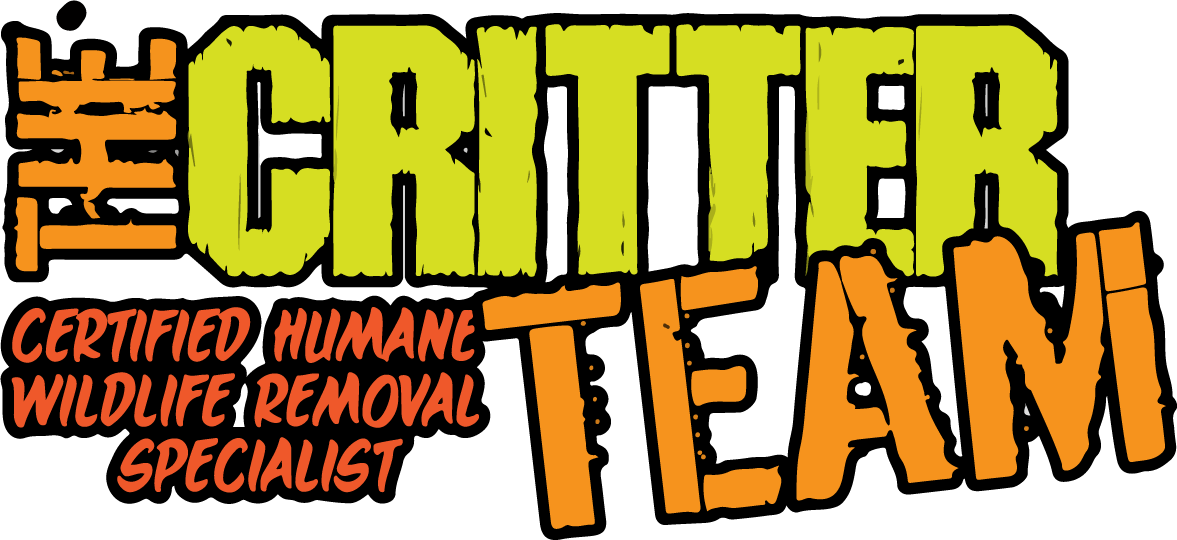Roof rats, also known as black rats, are a common pest that can cause significant damage to homes and property. Identifying these rodents is crucial in order to effectively control their population. Roof rats are typically smaller than other rat species, measuring about 6-8 inches in length, excluding their long, scaly tail. They have pointed snouts, large ears, and their fur is usually black or dark brown. One distinctive feature of roof rats is their ability to climb and jump, which allows them to access rooftops and upper levels of buildings with ease. These rats are nocturnal creatures, meaning they are most active during the night. They are also excellent climbers and are often found nesting in attics, ceilings, and other elevated areas. Roof rats have a varied diet, feeding on fruits, nuts, grains, and even insects. It is important to be able to identify these pests accurately to prevent infestations and protect our homes from their destructive habits.
Roof Rat Identification: A Comprehensive Guide
Understanding Roof Rats
Roof rats, also known as black rats or ship rats, are a common nuisance for homeowners and businesses alike. These agile rodents are excellent climbers and are often found in attics, roofs, and other high places. Understanding their physical characteristics and habits is crucial for effective roof rat identification.
Physical Appearance
Roof rats are typically smaller than Norway rats, measuring between 6 to 8 inches in length, excluding their long, scaly tail. They have pointed noses, large ears, and their fur ranges from black to brownish-gray. Their slender bodies allow them to easily squeeze through small openings, making it challenging to keep them out.
Habitat and Behavior
Roof rats are adept climbers and prefer living in elevated areas such as roofs, attics, trees, and dense vegetation. They are mainly active during the night, seeking food and water sources near their nests. These omnivorous creatures feed on fruits, seeds, nuts, insects, and even small vertebrates.
Signs of Infestation
Identifying a roof rat infestation is essential to prevent further damage to your property. Look out for the following signs:
1. Droppings: Roof rat droppings are around 1/2 inch long with pointed ends.
2. Gnaw Marks: These rodents have strong teeth and leave distinctive gnaw marks on various surfaces.
3. Grease Marks: As they navigate along walls and pipes, roof rats leave grease marks caused by their oily fur.
4. Nesting Materials: Inspect attics, crawl spaces, and other secluded areas for shredded paper, fabric, or plant matter used for nesting.
5. Scratching Noises: Listen for scratching or scampering sounds in the walls or ceiling, especially during the night.
Differences from Norway Rats
Differentiating between roof rats and Norway rats is crucial for effective control measures. While both species share similarities, some key differences include:
1. Size: Roof rats are smaller and sleeker compared to Norway rats.
2. Tail Length: Roof rats possess a tail that is longer than their body, whereas Norway rats have shorter tails.
3. Nesting Locations: Roof rats are more likely to build nests in higher areas, while Norway rats prefer burrowing underground.
Preventing Roof Rat Infestations
To minimize the risk of roof rat infestations, follow these preventive measures:
1. Seal Entry Points: Conduct a thorough inspection of your property, sealing any gaps or cracks larger than a quarter inch.
2. Trim Trees and Vegetation: Keep tree branches and shrubs trimmed away from your home to prevent easy access.
3. Secure Garbage Bins: Use sturdy, tightly sealed containers to prevent attracting rats with food waste.
4. Maintain Cleanliness: Regularly clean up fallen fruits, nuts, and debris in your yard, as they can serve as potential food sources.
Remember, if you suspect a roof rat infestation, it is best to contact a professional wildlife control operator who can safely and effectively handle the situation.
Conclusion
Roof rat identification is crucial for early detection and effective control. By understanding their physical characteristics, habits, and signs of infestation, you can take proactive measures to prevent these rodents from causing damage to your property. Remember to consult a professional wildlife control operator for safe and efficient removal if needed.
Assistance with Wildlife Control and Animal Removal
At The Critter Team, we understand the importance of maintaining a safe and peaceful environment in your home or business. If you find yourself dealing with unwanted wildlife or animals, look no further – our team of expert wildlife control operators is here to assist you. With years of experience and a deep understanding of animal behavior, we offer effective solutions for removing and controlling a wide range of wildlife species. Whether you’re dealing with raccoons, squirrels, bats, or any other nuisance animals, we have the knowledge and expertise to handle the situation efficiently and safely. Our commitment to humane practices ensures that the animals are treated with care throughout the removal process. To schedule an appointment or learn more about our services, please give us a call at (281) 667-0171. We are available 24/7 to provide immediate assistance and help you regain control of your property.
